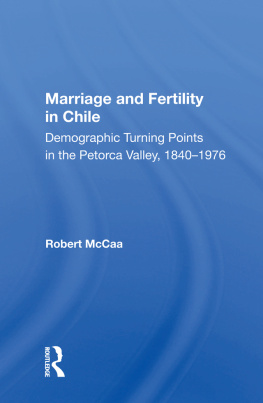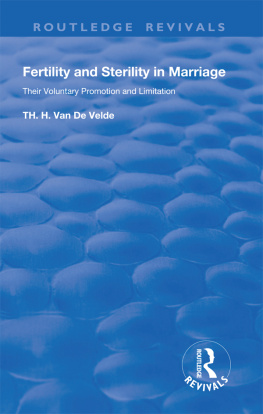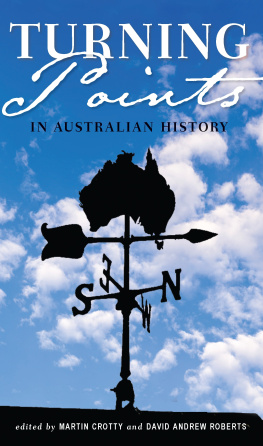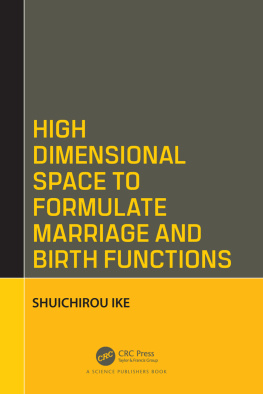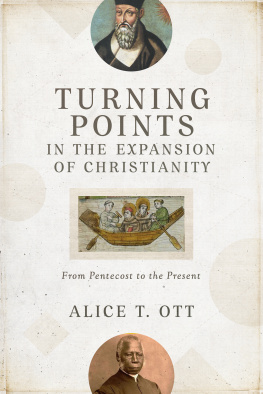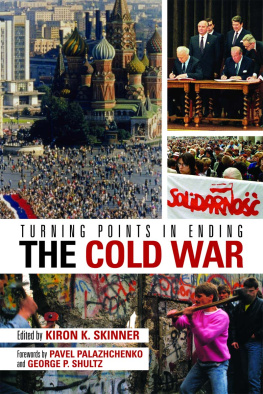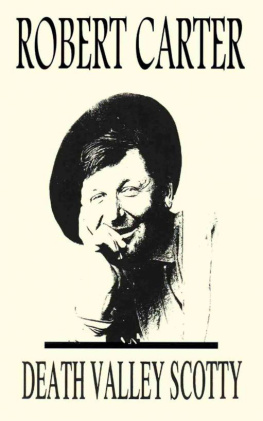Marriage and fertility in Chile
Dellplain Latin American Studies
Marriage and Fertility in Chile: Demographic Turning Points in the Petorca Valley, 1840-1976
Robert McCaa
Recent population increases in Latin America have forced population experts to search for historical precedents and to examine the latest demographic data in an attempt to forecast the likely course of future trends. This book is the first demographic study of a Latin American community based on the family genealogy method developed by French historians. Providing both a historical view and a consideration of very recent population developments, the author shows that despite strictures of the Catholic Church and popular attitudes favoring procreation, Chileans consistently have been quite sensitive to population pressures.
According to Dr. McCaa, a century ago the people of Petorca responded to worsening conditions by delaying marriage and by moving to more prosperous regions; now they are reacting to Latin America's modern demographic revolution by consciously curtailing reproduction. Dr. McCaa concludes that the slogan that emerged from the World Population Conference in Bucharest in 1979--"Modernization is the best contraceptive"--certainly is true in Chile, but finds it surprising how little modernization is necessary to bring about a substantial decline in fertility. Moreover, he points out that perceptions of the population explosion in Latin America are distorted to a degree by the fact that the fertility decline has been accompanied by an increase in the proportion of women who marry and a lowering of the average age at the time of marriage. These developments, he says, disguise the real decline in fertility and will continue to do so until it becomes quite noticeable.
Dr. Robert McCaa is assistant professor of history at the University of Minnesota. A population historian, he has studied demography and statistics in the United States and England.
Dellplain Latin American Studies
PUBLISHED IN COOPERATION WITH THE DEPARTMENT OF GEOGRAPHY SYRACUSE UNIVERSITY
EDITOR
David J. Robinson
Syracuse University
EDITORIAL ADVISORY COMMITTEE
David A. Brading
University of Cambridge
Daniel Raposo Cordeiro
Syracuse University
William M. Denevan
University of Wisconsin
John H. Galloway
University of Toronto
John Lynch
University of London
William Mangin
Syracuse University
EDITORIAL ASSISTANT
Jane E. McGraw
Marriage and Fertility in Chile
Demographic Turning Points in the Petorca Valley, 18401976
Robert McCaa
Dellplain Latin American Studies, No. 14
First published 1983 by Westview Press
Published 2018 by Routledge
52 Vanderbilt Avenue, New York, NY 10017
2 Park Square, Milton Park, Abingdon, Oxon OX14 4RN
Routledge is an imprint of the Taylor & Francis Group, an informa business
Copyright 1983 by the Department of Geography, Syracuse University
All rights reserved. No part of this book may be reprinted or reproduced or utilised in any form or by any electronic, mechanical, or other means, now known or hereafter invented, including photocopying and recording, or in any information storage or retrieval system, without permission in writing from the publishers.
Notice:
Product or corporate names may be trademarks or registered trademarks, and are used only for identification and explanation without intent to infringe.
Library of Congress Cataloging in Publication Data
McCaa, Robert.
Marriage and fertility in Chile.
(Dellplain Latin American studies; no. 14)
Bibliography: p.
Includes index.
1. Fertility, Human--Chile--Petorca River Valley--History. 2. Marriage-
Chile--Petorca River Valley--History. I. Title. II. Series.
HB976.P47M32 1983 304.6'32'098324 83-3494
ISBN 13: 978-0-367-01971-6 (hbk)
This study represents one of the, first completed applications of family reconstitution methods to a non-European cultural area. I planned to study the population history of the community from 1720 forward, but the poor state of the earliest records and exhaustion of available resources forced the exclusion of both the colonial quantitative data and most nondemographic topics. The seven years that I have needed to complete the task are a reflection of the technical complexities of applying the method to Chilean registry books and my rather costly education through research.
Many people and organizations supported my work. My greatest debts are to my family--Wanda, Steven and Kennon--who sacrificed companionship, time and standard of living and endured my scholarly obsessions with extraordinary patience and understanding. Dr. Robert N. Burr, my thesis adviser, gave me freedom and professional support essential for the realization of a project of this type. John D. Durand stimulated my interest in population and provided much needed advice. Rolando Mellafe, Mario Gngora, Ren Salinas Mesa and the staff of the Instituto de Historia y Geografa of the Universidad Catlica de Valparaso taught me much about Chilean archives, parish registers, and Chilean history in general. My single greatest scholarly debt is to the staff of the Cambridge Group for the History of Population and Social Structure, in particular E. A. Wrigley, R. S. Schofield, and R. Davies, who salvaged the project when all seemed lost. Stuart Schwartz and my colleagues in the Department of History, University of Minnesota, provided the strongly supportive ambience necessary for completing the manuscript. Some of these people may be dismayed at certain errors and omissions which they sought to help me avoid but with limited success.
Angela Carreo, an accountant in Petorca, and Adriana Gonzalez, the statistician at the Petorca Hospital, helped greatly in the tedious collection of data and generally kept the project going while I was in Petorca. I am especially grateful for their hospitality, advice on local matters and friendship. Doa Marta Polanco, the Petorca Civil Registrar, the directors of the Central Civil Registry Office and Padre Jos Jaramillo graciously provided access to parish and civil register archives. Odette Tacla Chamy made available 1970 census data. The staff of the National Archives graciously provided every facility; I am particularly grateful for the opportunity to search the unorganized sections for nineteenth-century census manuscripts.
This project depended upon many sponsors: The Foreign Area Fellowship Program of the American Council of Learned Societies and the Social Sciences Research Council, the Fulbright-Hays program, and the Population Council (Grant numbers D70.0132C and D73.030C) provided generous support at various times. The Centro de Computacin of the Universidad Catlica (de Chile) and Empresa de Comunicaciones del Estado provided (and indirectly subsidized) excellent services. The Computer Laboratory of Cambridge University made available almost unlimited computer time and professional software support. The University Computer Center (Minnesota) awarded sufficient funds to generate most of the final tables. To these people and institutions I express my gratitude.
R . M.
- GP Gobernacin de Petorca Archivo, de la Intendencia de Aconcagua, San Felipe

